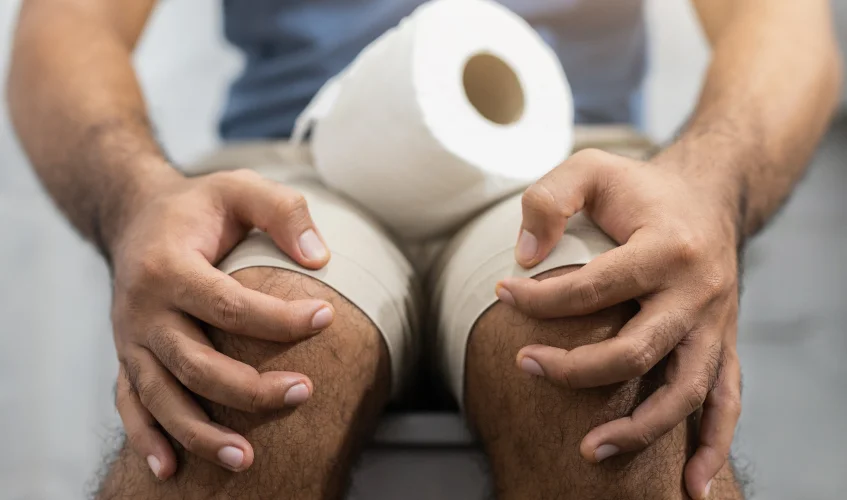Incontinence means the inability to control the urine due to a weak bladder. According to incontinence medical definition, the incontinence meaning is the inability to control excretions either it is urine in the bladder or feces in the rectum; however, the most common meaning of incontinence is the urinary incontinence. This educational guide is all about incontinence meaning, its types and incontinence care.
What Does It Mean if Someone Is Incontinence?
If someone is having an incontinence, it means that he/she has an overactive bladder and he/she has no control over its urine leakage. Mostly incontinence is associated with older people but everyone may face it due to multiple reasons but the most common reason is an overactive bladder.
What Are the 6 Types of Incontinence?
There are 6 incontinence types and every single type of incontinence is related to its own meaning and its specific reasons behind it.
- Stress Incontinence
- Urge Incontinence
- Mixed Incontinence
- Overflow Incontinence
- Functional Incontinence
- Reflex Incontinence
1. Stress Incontinence
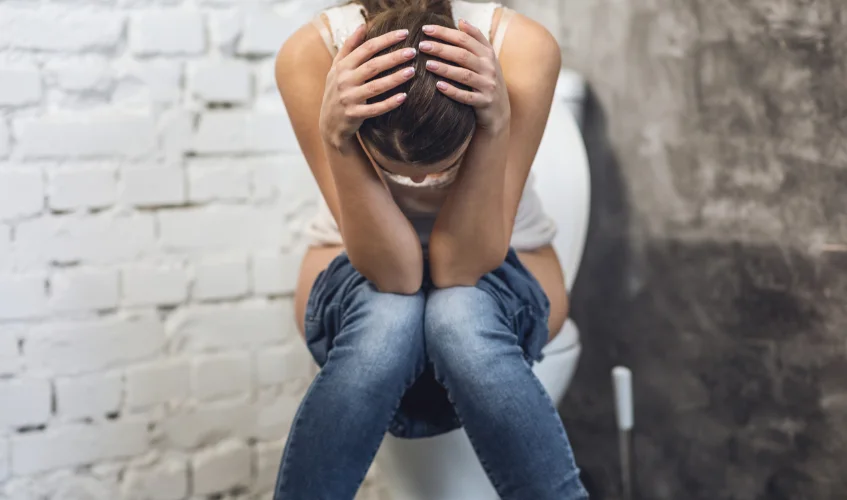
Stress incontinence is the most popular incontinence type and it is majorly caused due to weak pelvic floor muscles and weak urethral sphincter. In this type of incontinence, the specific patient may lose control of the urine and laughing, sneezing or coughing puts so much pressure on the bladder and the urine leaks out ultimately.
2. Urge Incontinence

The name says it all. In this type of incontinence, the specific patient may have the urge to pee quite often even when the bladder is not full. According to the urge incontinence medical definition, it is also called the overactive bladder (OAB). Several neurological conditions like Parkinson’s disease, urinary tract infection, prostate surgery may become the primary cause of this OAB.
3. Mixed Incontinence
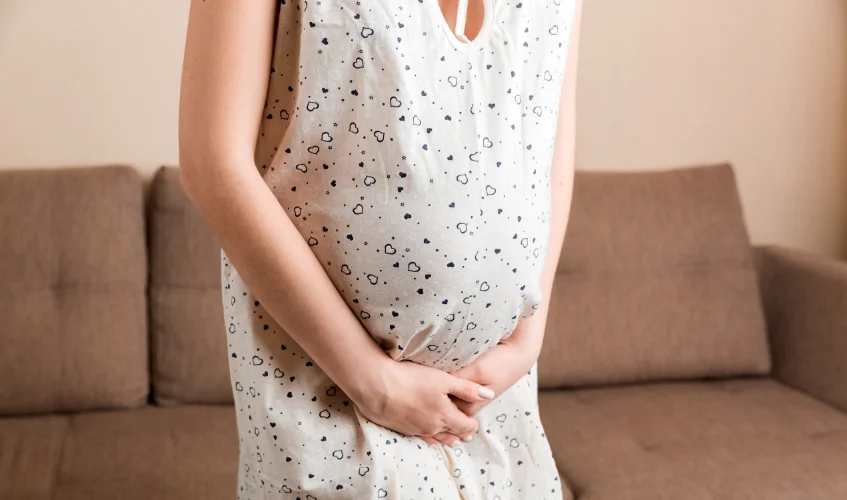
This type of incontinence is a mixture of stress incontinence and urge incontinence. It means, the specific patient may face the symptoms of both urge and stress incontinence. Most women get affected by this type of incontinence because they have to face pregnancy and other tough physical tasks related to their bladder and pelvic muscles. That’s why it is common in pregnant women or those women who have to face surgical procedures related to vagina, rectum or prostate.
4. Overflow Incontinence
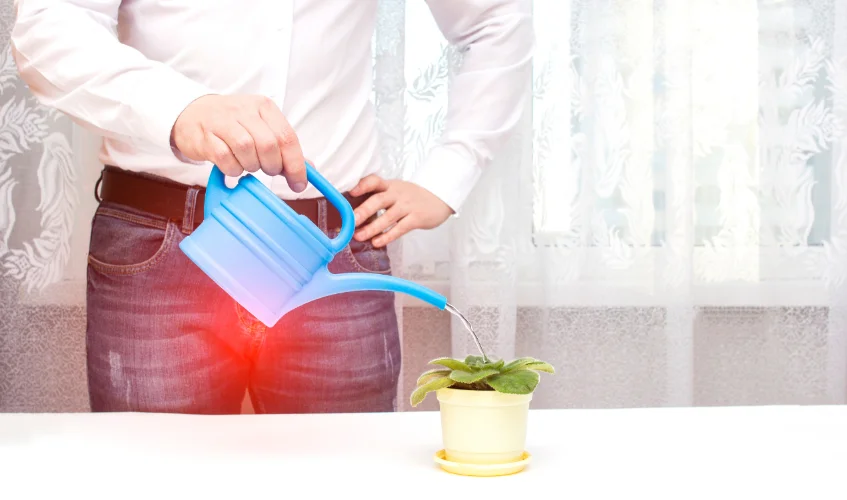
In this type of urinary incontinence, the specific patient is unable to release enough urine to empty its bladder due to some blockage or weak bladder muscles. Thus, the bladder may get overflowed because it was not emptied on time and then it gets leaked without any urge to urinate. There are some organizations that are run by state or federal governments to spread free incontinence supplies in the USA especially for the veterans. These incontinence supplies avoid the public embarrassment for the old people dealing with the overflow-incontinence.
5. Functional Incontinence
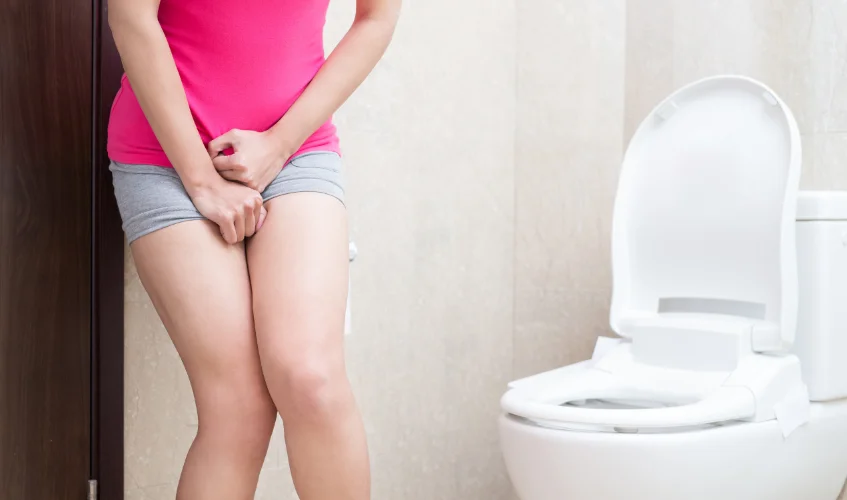
The meaning of functional incontinence is an inability to reach the toilet on time. Usually everything is fine with the bladder but still when it comes to urinating, you may not be able to reach the toilet or you may leak the urine while passing gas because then the urine can’t be held. Some pelvic muscle exercises or kegel exercises may help you get relief from such fecal incontinence.
6. Reflex Incontinence
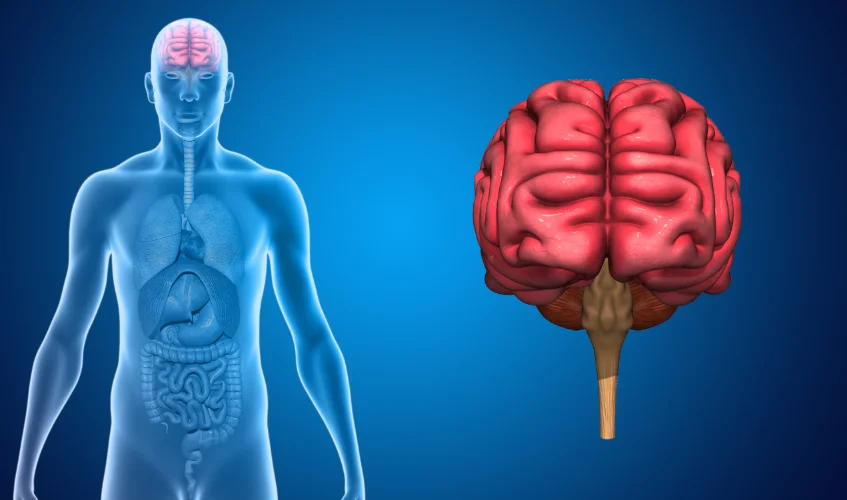
Reflex incontinence is mainly related to the dysfunction of the bladder muscle to send the wrong signals to the brain to urinate, by contraction, even if you have no urge to urinate. Usually such reflective tasks are dealt with the spinal cord, so it may happen due to spinal cord surgery. In this particular incontinence type, the bladder muscles contract without warning and the brain receives a signal to urinate and then the urine can’t be controlled.
What Type of Incontinence Is Most Common?
Stress incontinence is the most common type of incontinence among both men and women. In this incontinence type, the bladder may face excessive pressure while sneezing, coughing or laughing and it can’t control the urine. Such incontinence is equally common among men and women and the main reasons behind the stress incontinence is the weak pelvic muscles or weak urethral sphincter. If any of your family members are facing stress continence, you may visit our online store to get the best incontinence supplies for adults to make them free from any public embarrassment while urinating in the important functions.
How Do You Take Care of an Incontinent Patient?
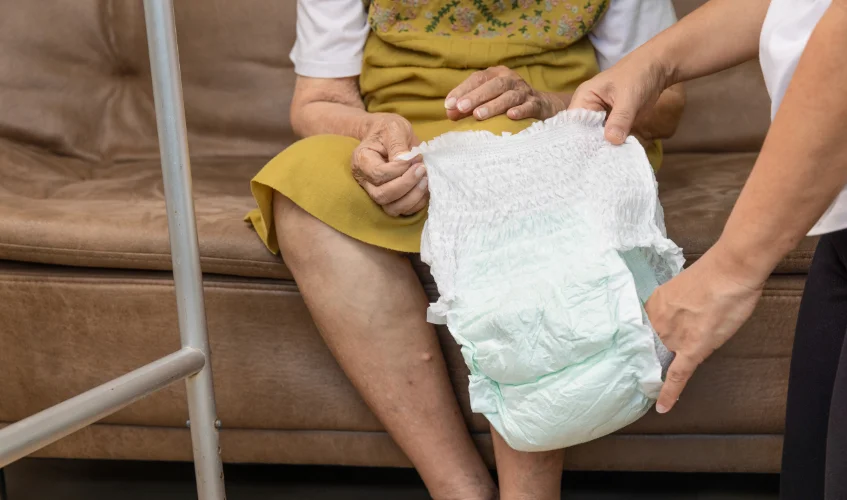
If you have a family member who is an incontinent patient, you need to take care of him/her by doing some of the following suggested actions to make him/her relieved:
- First of all, you should consult an incontinence expert for a detailed incontinence assessment of a specific incontinent patient.
- After getting a detailed assessment of an incontinence, you may have already known the specific type of incontinence from which your family member is dealing.
- Search some home remedies or the exercises about that particular incontinence type and make him/her do that regular exercise.
- You can make the patient increase the fiber intake.
- You can ask the incontinent patient to do some bladder training on a daily basis.
- After consulting with the specialists, you may give incontinent patients some medications according to the prescriptions by specialist doctors.
- You should buy the incontient supplies for an incontinent patient in your family. It is more than enough to save him/her from public embarrassment while urinating in public places.
- There are several options available regarding incontinence supplies in Kensington MD, try to buy the most suitable ones for the incontinent patients.


